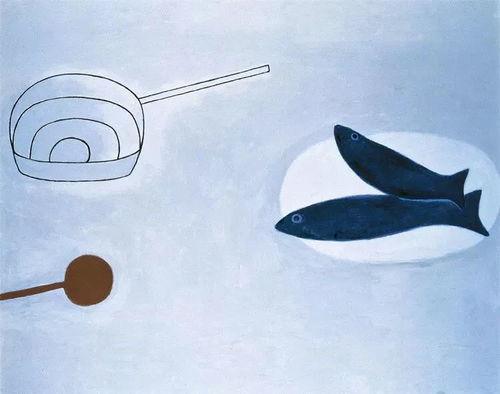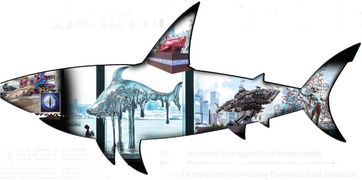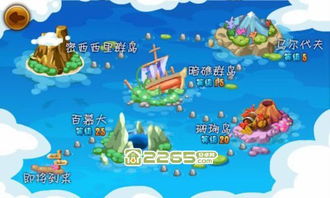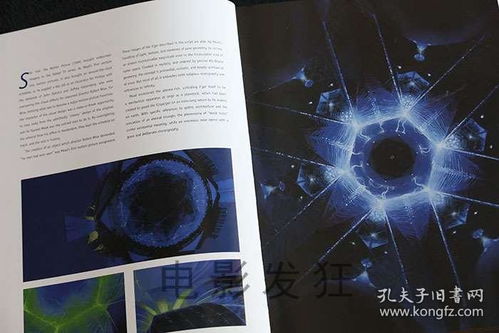Content:
The world of One Piece is vast and filled with adventure, where the seas are vast and the skies are boundless. One of the most beloved aspects of this incredible universe is the incredible characters and their unique abilities. One such ability is the art of fishing, which plays a crucial role in the lives of many characters. Whether you're a seasoned One Piece fan or a beginner looking to master the art of fishing, here are some essential tips to help you become a fishing pro in the world of One Piece.
Choosing the Right Rod
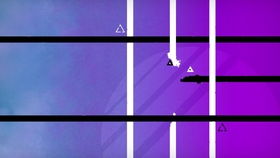
In the world of One Piece, the choice of rod is crucial. Each character has their own preferences and special rods that make them stand out. When selecting a rod, consider the type of fish you're targeting and the strength required to catch it. Here are some popular rods in One Piece:
- Zoro's Fishman Sword: Known for its durability and flexibility, this rod is perfect for catching large, powerful fish.
- Sanji's Blue Gear: With its sharp, needle-like tip, this rod is ideal for targeting fish with hard scales and spines.
- Usopp's Long Range Fishing Rod: As a master of long-range fishing, Usopp's rod is perfect for those who prefer a more strategic approach.
Understanding the Tides
The tides play a crucial role in fishing, as they affect the behavior of fish. In One Piece, understanding the tides is essential for successful fishing. Here are some tips to help you navigate the tides:
- Research the local tides: Before heading out to fish, make sure you know the current tide conditions. This will help you choose the best time to fish.
- Pay attention to moon phases: The moon's gravitational pull affects the tides and, in turn, the behavior of fish. Use moon phase charts to plan your fishing trips.
- Adapt to changing tides: Be prepared to change your location or strategy if the tides change unexpectedly.
Mastering Bait and Lures
Bait and lures are essential for attracting fish and enticing them to bite. In One Piece, there are numerous types of bait and lures, each with its own advantages and disadvantages. Here are some tips to help you choose the right bait or lure:
- Familiarize yourself with local fish species: Research the types of fish in your area and what they prefer to eat. This will help you choose the best bait or lure.
- Experiment with different baits: Don't be afraid to try different baits and lures to see what works best for your target fish.
- Use artificial lures sparingly: While artificial lures can be effective, it's important to use them sparingly to avoid overfishing and protect the marine ecosystem.
Patience and Practice
Fishing is a skill that requires patience and practice. In One Piece, many characters have spent years perfecting their fishing techniques. Here are some tips to help you develop your fishing skills:
- Spend time observing fish behavior: By observing how fish react to different baits and lures, you can learn more about their preferences and adjust your approach accordingly.
- Practice your casting and reeling techniques: The more you practice, the more refined your technique will become.
- Don't get discouraged: Fishing can be challenging, and it's not uncommon to go days without a catch. Stay patient and keep trying.
Utilizing Special Abilities
In One Piece, some characters have special abilities that can give them an edge when it comes to fishing. Here are a few examples:
- Usopp's Long Range Fishing: This ability allows him to cast his line over long distances, making it easier to target fish in remote areas.
- Sanji's Blue Gear: This powerful weapon allows Sanji to control the fish he catches, giving him the advantage in battle.
- Zoro's Fishman Sword: With this durable and flexible weapon, Zoro can cut through tough fish scales and spines, making it easier to land a catch.
By mastering these essential tips and techniques, you'll be well on your way to becoming a fishing pro in the world of One Piece. Remember to always respect the marine ecosystem and practice sustainable fishing practices. Happy fishing!

